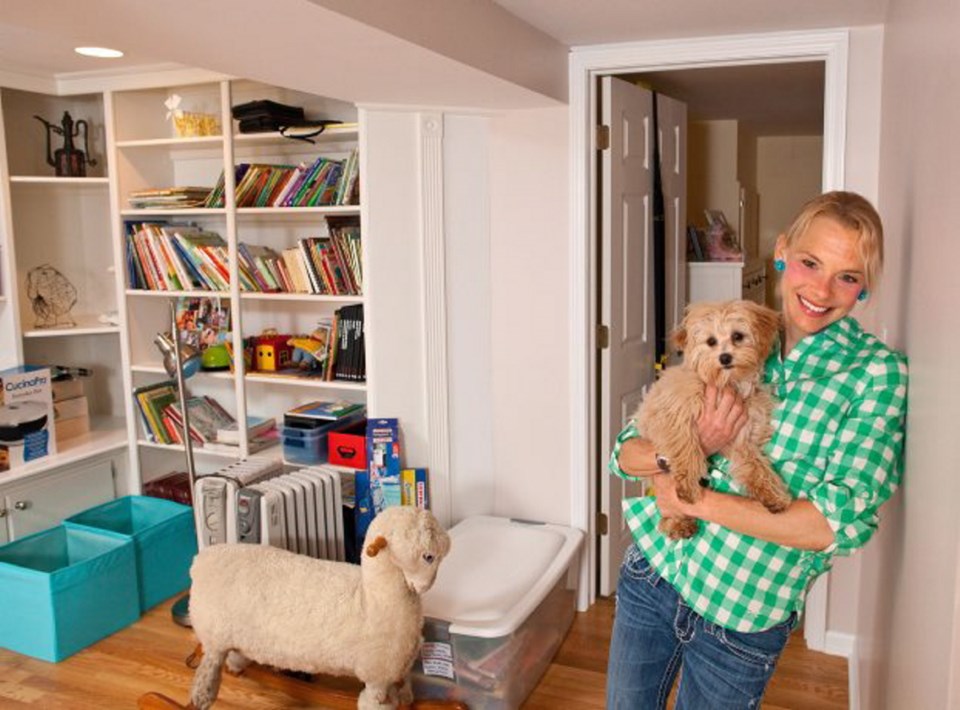In a dramatic culture change, living with mom and dad has become the most common arrangement for young adults — especially men.
Adults between 18 and 34 are more likely to live with a parent than to get married or move in with a romantic partner, according to an analysis of census data by the Pew Research Center in the U.S. The researchers note that it’s the first time in more than 130 years in which young adults have chosen their parents’ homes over living on their own in a relationship.
As recently as 2000, nearly 43 per cent of young adults ages 18 to 34 were married or living with a partner. By 2014, that proportion was just 31.6 per cent.
In 2000, only 23 per cent of young adults were living with parents. In 2014, the figure reached 32.1 per cent.
About 35 per cent of young men were living in a home with a parent, compared with 29 per cent of women in parents’ homes. More women tend to live with a spouse or partner — 35 per cent.
Apart from living with parents or a partner, another 14 per cent of 18 to 34-year-olds were living alone, heading a household as a single parent or sharing a residence with roommates. An additional 22 per cent lived with other family members, such as grandparents, or were in college dormitories or other group quarters.
The tendency to live with parents grew during and after the 2008 Great Recession, as weak pay and job opportunities weighed on young adults, said Pew. But the researchers say the trend was growing before the recession and a major driver is a retreat from marriage and even a decline in living with a partner without being married. Although living together has been on the rise for young adults for years, the trend has “substantially fallen since 1990.”
One in four of today’s young adults might never marry, Pew projects.
Jennifer Post, 26, has been living with her parents in Villas, New Jersey, since dropping out of law school two years ago.
A law career wasn’t a good fit for her, Post decided, and now she’s seeking a job in digital media or marketing. There aren’t many opportunities in Villas, a beach town.
Even living at home, she said it’s been hard to save for a move to a bigger city after she was laid off from a baking job in March.
Post spends her days on her laptop, sending resumés and refreshing LinkedIn and other job sites. To her parents, it looks as though she’s slacking off.
“It’s definitely a generation gap,” she said. “I think they literally think I just sit down and watch Netflix all day.”
The proportion of young adults living with their parents is similar to the proportions that prevailed from 1880 through 1940, when the figure peaked, Pew found. Yet in those decades, the most common arrangement for young adults was living with a spouse rather than with parents.
“We’ve simply got a lot more singles,” said Richard Fry, lead author of the report and a senior economist at Pew. “They’re the group much more likely to live with their parents.”
The decline in young adults setting up their own households has implications for the U.S. economy because people tend not to buy major items for homes that are already well-equipped. Sales of everything from refrigerators to pots and pans and lawn mowers can be affected, and the lack of demand weighs on companies and potentially the people they hire.
In a separate recent report titled Missing Young Adult Households, the National Association of Home Builders attributes a lack of demand for single-family homes to millennials living with parents after graduating from college or high school. That study said 20 per cent of people born in 1981 to 1996 were living with parents.
Pew notes that poor employment and pay seems to be a factor in men living at home with parents. “Employed young men are much less likely to live at home than young men without a job,” said Pew economist Richard Fry.
The share of young men with jobs peaked around 1960, when 84 per cent were employed. In 2014, Pew found only 71 per cent of 18- to 34-year-old men working. Pay for young men has been declining — after factoring in the impact of inflation on buying power — since 1970, said Fry. Pay declines were significant from 2000 to 2010.
Meanwhile, young women have been more likely than men to head their own households without living with a spouse or partner, according to the research. About 16 per cent of women are heading up a household compared with only 13 per cent of men.
The largest group of people who are married or living with a partner includes college graduates, Pew said. Only 19 per cent of them were living with parents, compared with 46 per cent living with a spouse or partner. Whites also were more likely to be living with a spouse or partner than blacks or Hispanics.



